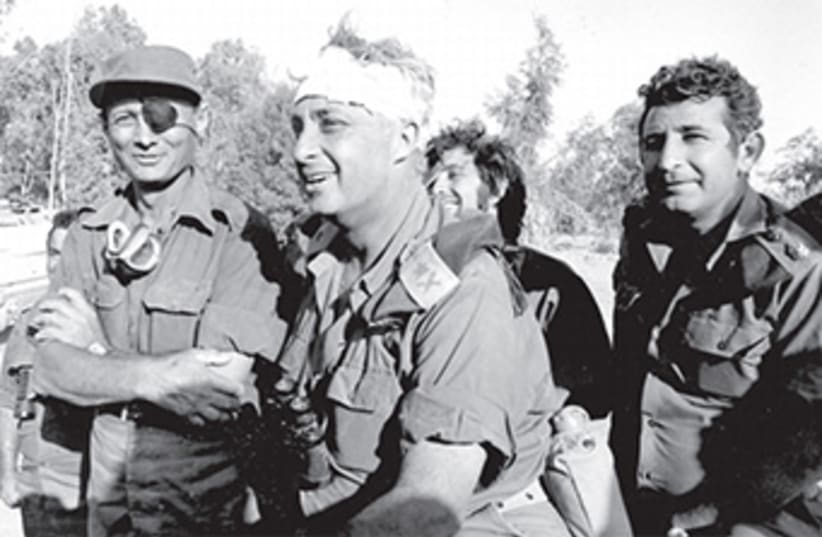Facing apocalypse
Abandoning itself to hubris, Israel kept its guard down as Arab armies massed on its borders in the weeks before Yom Kippur 40 years ago. As its front lines collapsed in a war it never planned, the IDF was obliged to fall back on raw courage
